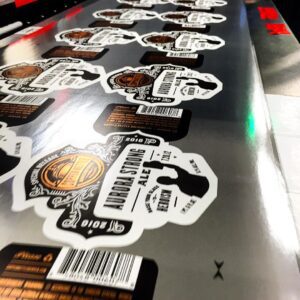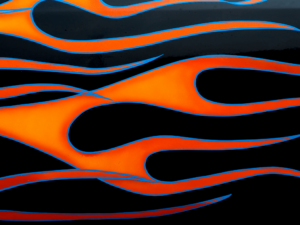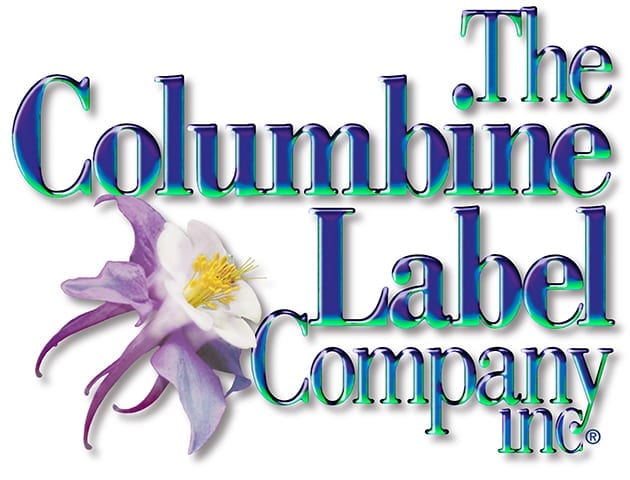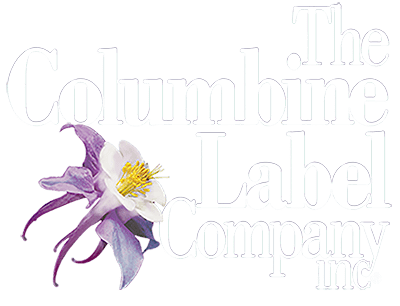As defined by Merriam-Webster and Oxford Dictionary:
Label: a slip (as of paper or cloth) inscribed and affixed to something for identification or description.
Sticker: a slip of paper with an adhesive back that can be fastened to a surface.
Decal: a picture, design, or label made to be transferred (as to glass) from specially prepared paper.
A Label sells something, a Sticker says something
In short, a label is used for object or product identification. Labels will provide specific and necessary information about a product such as its name, contents, ingredients, etc. Manufacturers like to receive labels on rolls for automatic label application, semi-automatic label application, or even hand application. Products such as Craft Beer, Food, and household chemicals, are examples in which you would see labels applied to them. The label is also your in-store salesperson. Its presence on the shelf can be the difference in a consumer’s purchasing decision.

Stickers are typically suited for outdoor applications and are generally used for advertising and promotional purposes. They are made of durable materials such as polyester or vinyl and are produced individually cut in stacks or multiple on a sheet. Some examples of stickers include bumper stickers, logo stickers, children’s stickers, etc.

Decals generally describe the transfer of one medium to another, such as vinyl lettering and graphics. They are supplied with a pre-mask that is removed after it is adhered to a surface, ensuring the alignment of separate pieces.

The three are often used synonymously; it’s no wonder why it’s confusing. “Label” is a synonym for “Sticker”, and “Bumper Sticker” is a synonym for “Decal”. After all, they each have adhesive and can be adhered to most surfaces. Various shapes, sizes, and the ability to print full-color graphics are other commonalities between the three.
Common questions
Do stickers have stronger adhesive than labels?
The aggressiveness of adhesive has less to do with whether it’s a sticker or a label and more with the surface it will be applied to, the temperature during the application process, and the environment and elements the product will endure during its intended life cycle. A good, reputable label manufacturer will help you determine how aggressive your adhesive needs to be to meet the needs of your product.
Are vinyl stickers better?
Though vinyl stickers are typically more durable, they are not suitable for all applications. In fact, a vinyl sticker may be overkill thus costing you more than your need dictates.
What material do you print labels on?
Labels can be printed on paper, film, and foils. The specific product and use will dictate which material and adhesive combination are most suitable.
Which ones are waterproof, labels or stickers?
When a sticker is intended for outdoor use, it is typically made with durable waterproof material. Labels can also be made with waterproof material suitable for specific product use and application.
Do stickers need to have a laminate?
For many printing processes, it is recommended to laminate stickers with a clear film that provides a degree of UV resistance. A laminate will protect the ink that is printed on the label, as well as the face of the label from scratches. Not all printing processes require laminate. The Domino digital press at Columbine Label prints with UV inks, so they are inherently durable and do not require a laminate.
_____________________________________
When working with Columbine Label, our specialized process includes getting to know you and understanding your business. Through this, we are able to ensure that you have a label, sticker, or decal that is exactly what you want and what you need.


